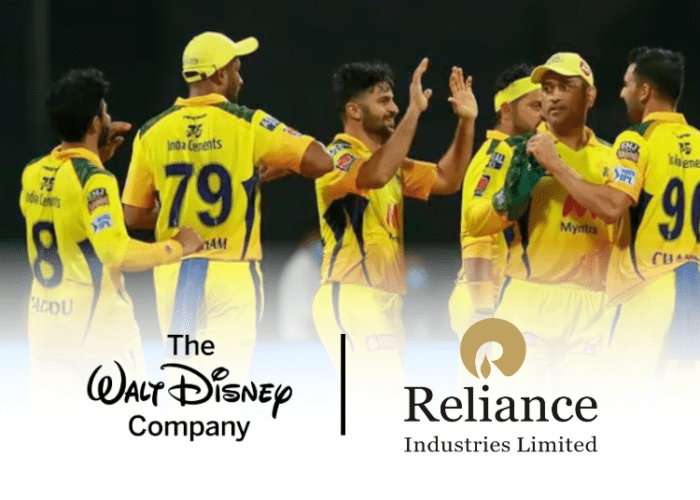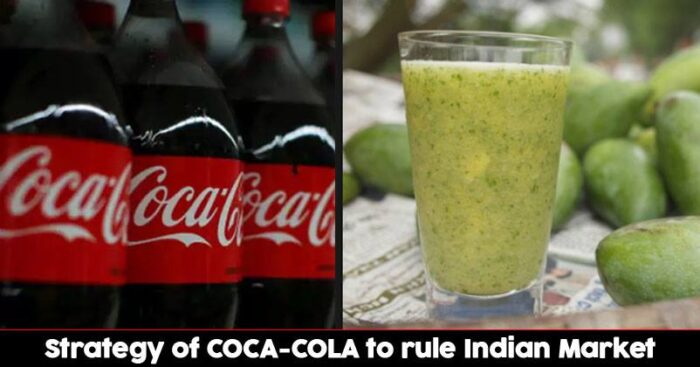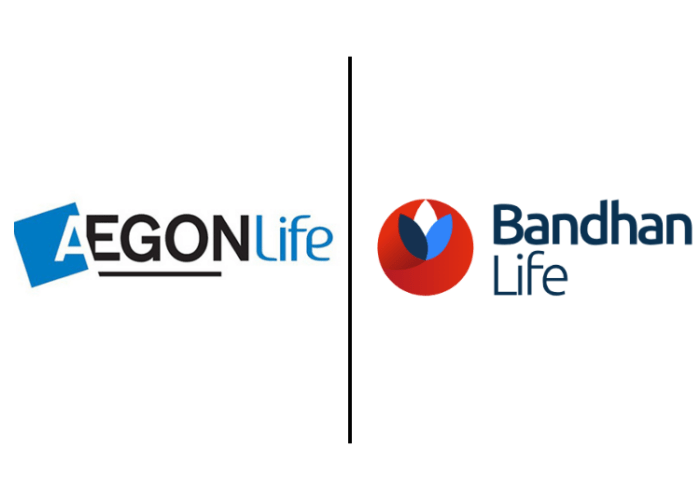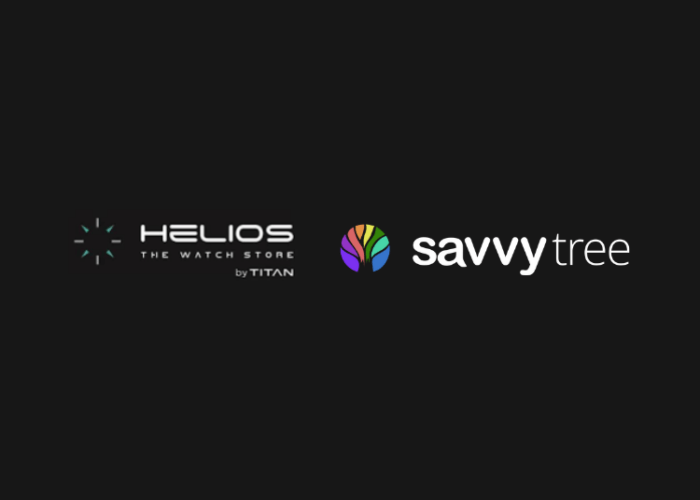A change in the needs of the masses, the market gradually turns its course. It all started with sugary sodas, then that cumin-flavored sparkling water, following which arrived a mix of unripe mangoes and spices. Next up can be buttermilk and then maybe some drink based on a 2,000-year-old traditional medicine recipe.
Coca-Cola Co. has very smartly used these strategies, trying to cope up with the decline in the consumption of coke in today’s market and targeting consumers, especially who are health-conscious. Their aim globally is to sell a lot more than just Coke.
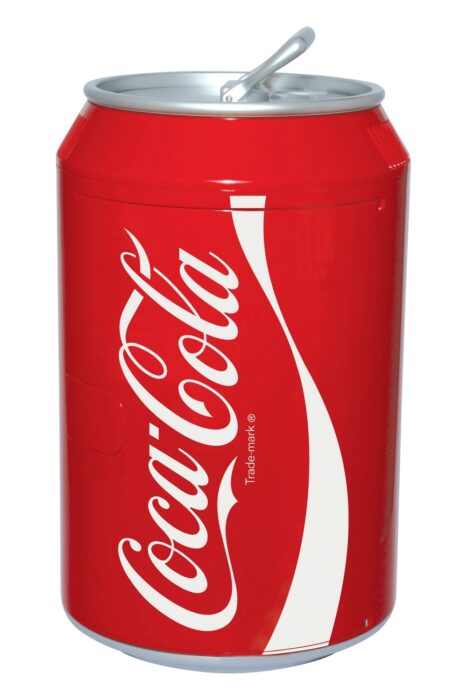
The Game-Plan
They are hunting for alternatives for what’s known as “ethnic drinks” – traditional beverages brewed by grandmas around the country using local spices and fruits. According to a New Delhi-based consultancy, Technopak Advisors – demand for packaged versions of these drinks has grown 32 percent over the last three years, three times the pace of carbonated beverages like Coke. The top position acquirers are packaged versions of recipes like Jaljeera (the cumin flavored sparkling water), or Aam Panna (the spicy unripe mango concoction).
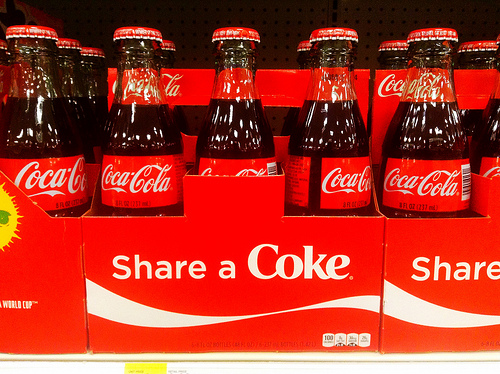
In a Mumbai-interview, T. Krishnakumar, Chief Executive Officer of Coke’s business in India and South-west Asia explained that India being a nation of 29 states is equivalent to having 29 different nations due to its diversity in the language, food and beverage habits and also diverse motivations for consuming food and beverages.
Its no more JUST Pepsi v/s Coke!
Currently, the fight isn’t any more between Pepsi and Coke rather the competition is with everyone else since the same so-called ethnic drinks are made fresh at street stalls on every corner and by grandmas in homes across India, explained the head of the consumer markets practice at KPMG’s India unit.
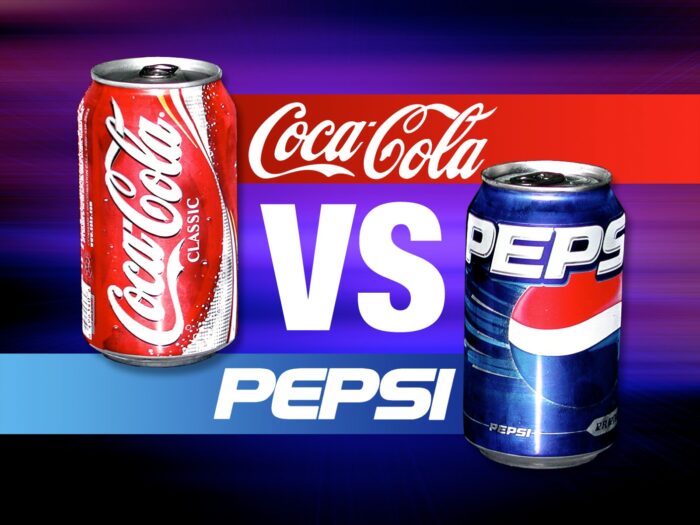
Up The Ladder..
Coke is presently building vast plantations of local fruits like mango and litchi to produce at industrial level and make these juices available at low prices, and maybe even export them. Krishnakumar estimates the juice market could be worth about $3.6 billion in India, with 72 percent of that currently going to corner stalls and small eateries.
Krishnakumar said the company posted six straight quarters of double-digit sales growth. Also, the company had told that 25 percent of that growth came from new products in the last quarter. After these ethnic recipes, we are surely expecting Ayurveda in the coke store.
These strategies certainly make Coca-Cola different than the rest. Analyzing the current demand of the public and altering the product accordingly is what makes a company, a BRAND.



